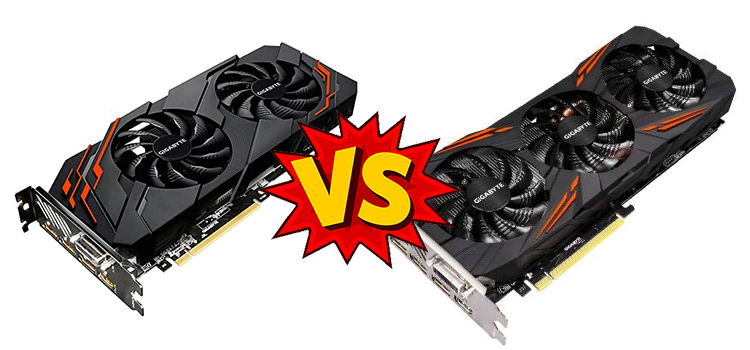Not Enough Chassis Fan Connectors | Consequences & Solutions
One of the most common issues enthusiasts and builders deal with in the ever-changing world of PC building is the absence of chassis fan ports on their motherboards.
It’s critical to resolve this problem effectively since sufficient cooling is required to maintain peak performance and reduce overheating.
In this article, we’ll discuss the issue of not having enough chassis fan connectors, the results of insufficient cooling, and different solutions to this problem.

The Dilemma of Limited Fan Connectors
Modern motherboards often only have two to four chassis fan connections available. Users can use software to control and monitor fan speeds by connecting case fans directly to the motherboard utilizing these connectors.
However, customers frequently want to install more fans than there are easily available connectors for, particularly in high-performance gaming rigs or workstations.
Consequences of Inadequate Cooling
Insufficient cooling might result in a variety of problems that could negatively affect the functionality and lifetime of your PC. The following outcomes may occur if there are not sufficient chassis fan connectors:
1. Increased Temperatures
Your computer’s CPU and GPU risk overheating if the cooling system is insufficient. This may lead to thermal throttling, lower performance, and, in extreme cases, hardware damage.
2. Dust Accumulation
If there’s insufficient airflow, dust may accumulate inside the computer case. Dust can confine airflow, clog up components, and worsen heating issues.
3. Shortened Lifespan
Overheating can decrease the lifespan of the CPU and GPU in particular. Due to too much heat, electronic components may fall apart over time.
4. Increased Noise
As your fans work harder to compensate for insufficient cooling, they become noisier. This is irritating and may also point to a cooling issue.
Solutions to Overcome the Challenge
Fortunately, there are a few workable solutions to the issue of not having enough chassis fan connectors:
1. Fan Splitters and Hubs
– Fan splitters increase the number of connectors available by permitting several fans to be connected to a single motherboard header. They are simple and inexpensive options.
-Fan hubs can carry more fans than splitters, which are less complicated. Frequently, they contain a specialized fan control program that empowers you to alter the fan’s settings and speed.
2. PWM (Pulse Width Modulation) Fan Control
– Compared to traditional DC fans, PWM fans are supposed to be more productive and controllable. PWM fan control, which empowers you to connect various fans to a single header and operate each one separately, is supported by the majority of motherboards.
– A few PWM fans can be connected to a single header utilizing PWM fan splitters, giving each fan precise control over speed.
3. Fan Controllers
– Fan controllers are separate devices that can be installed in a 5.25-inch drive bay or connected internally to your computer. For fans, they offer broad monitoring and control options.
– Changing fan speeds and checking temperatures are made simpler by some fan controllers’ touchscreen screens.
4. Liquid Cooling Solutions
– Two types of liquid cooling frameworks that can be particularly successful in reducing heat in high-performance systems are all-in-one (AIO) coolers and custom loops. These systems usually contain the specific fan headers and controllers that are incorporated.
5. Software-Based Solutions
– In the lack of genuine fan connectors, a few motherboard manufacturers offer software solutions that enable you to control fan speeds and monitor temperatures. With the assistance of these instruments, you can modify your cooling setup.
Frequently Asked Questions
How many fan connectors should a motherboard have?
Basically, one of the numerous 3 or 4-pin fan headers on your motherboard is where you plug any ordinary consumer fan. Most likely, your motherboard has at least two or three of these headers. Any of those can and will work just fine to power a fan.
Do all fans need to be connected to the motherboard for proper cooling?
Yes, but not always. Even though some fans need to be connected to the motherboard for temperature monitoring and control, other fans can be connected directly to the power supply unit (PSU) utilizing Molex connectors or SATA power connections.
Are there any risks associated with using fan splitters or hubs?
When utilizing fan splitters or hubs, it is essential to make sure that the combined power draw of the connected fans does not exceed the motherboard header’s capacity. Voltage fluctuations or damage to the header may result from excessive power use. Always check the ratings and details of the connectors and the fans.
Conclusion
A lack of fan connectors on your motherboard can cause inadequate cooling, which can damage the equipment and performance of your PC. Solutions like fan splitters and PWM control can help your system run cool and quietly. To get the best PC performance, prioritize cooling.
Subscribe to our newsletter
& plug into
the world of PC Hardwares





